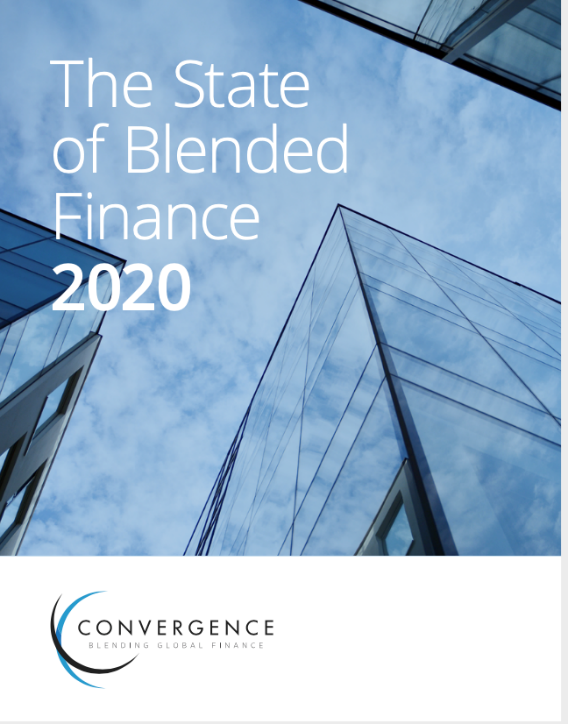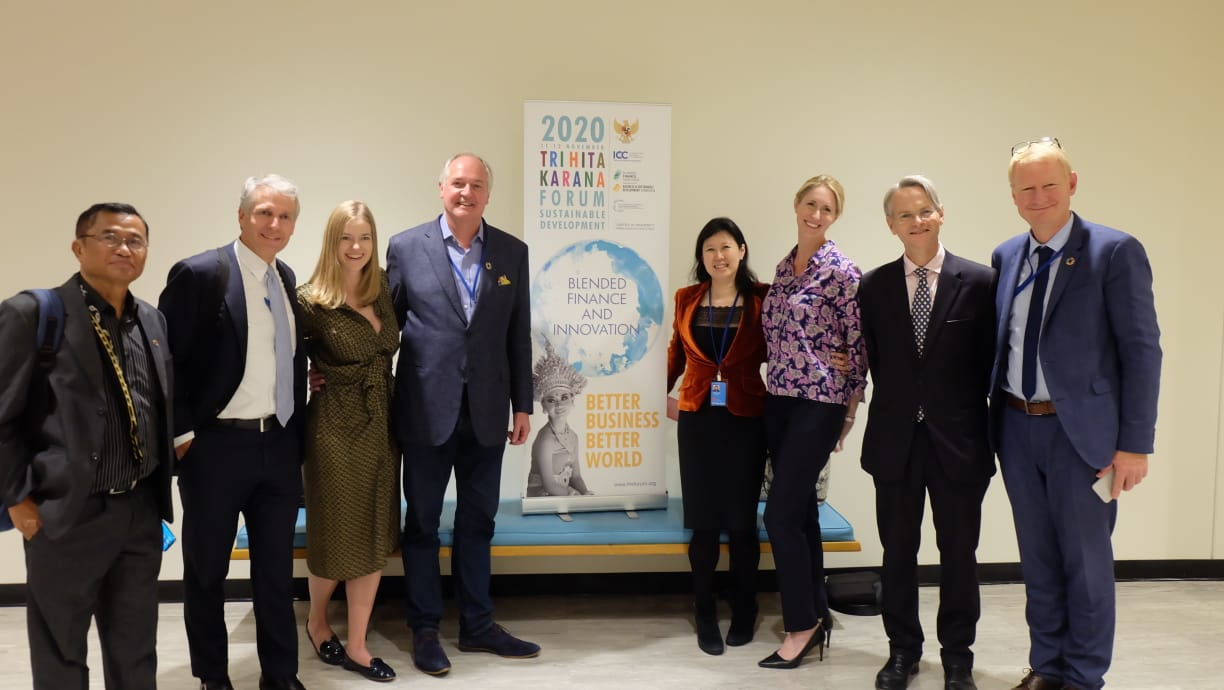BY BRADLEY WO
Philanthropy can play many roles: filling in gaps in government services, driving advocacy efforts, and bolstering change leaders. But one area where philanthropy can truly be “risk capital” and punch above its weight is in blended finance.
The need for blended finance is especially pressing as the COVID-19 pandemic has reversed progress towards the Sustainable Development Goals (SDGs). World Bank projections in June 2020 estimated 71 million people would be pushed back into extreme poverty due to COVID-19 with the Asia-Pacific region most severely affected. Even before the pandemic, there was already an estimated US$2.5 trillion annual investment gap in financing to meet the SDGs.
Given this large gap, what can philanthropy really do? Realistically, philanthropy only amounts to a fraction of the investment and capital needed for development. But through blended finance, philanthropy can be a catalyst. Below, APC breaks down some myths and assumptions about blended finance and highlights exciting opportunities in Asia.
Cutting through the jargon: What is blended finance and how is it different?
Blended finance uses public or philanthropic funding to mobilise additional private sector capital for broader development efforts by improving the risk-return ratio of investments. This enables unexpected partnerships between organisations, regardless of whether they are seeking financial return, social impact, or a blend of both.
The significance of blended finance is in how the investments are structured to align objectives, rather than the investment focus itself. The structuring of public or philanthropic funding typically takes two forms.
The first is as concessionary capital: funding which receives below-market returns or takes the first loss. While this may appear to be a direct subsidy for private investors, the key is the ability to leverage philanthropic dollars. The Rockefeller Foundation, one of the most active philanthropic foundations in blended finance, has deployed US$95 million in blended finance deals and mobilised US$600 million private sector capital. This could be attractive for impact investors who desire a return of or return on investment.
The second form is as a grant to assist with investment design or project success. This could be attractive for grantmakers who want to attract more private sector attention to overlooked sectors or inclusive businesses.
The limitation of blended finance is that it only applies to commercially viable projects. This is estimated to be approximately half of the financing gap to meet the SDGs. Investment has largely focused on energy and financial services with growing activity around agriculture, education and health care. Other areas that cannot give a return on investment, such as public advocacy, will continue to rely on grants.
Taking stock of the sector: Where are we now?
Blended finance is no longer a niche financial innovation and blended finance transactions amount to billions of dollars. Convergence is the global network for blended finance and publishes an annual report on the state of blended finance. From 2015-2019, Convergence had captured over 250 blended finance transactions totalling more than US$52 billion. Supporters include a diverse array of organisations such as the World Bank, International Finance Corporation (IFC), Standard Chartered, and The Rockefeller Foundation.
Asia is an emerging hub for blended finance. Convergence’s 2020 report notes that Asia represented over 20% of global blended finance transactions from 2017-2019. During this period, the top 10 countries for blended finance by deal count included India (2), Indonesia (4), the Philippines (6) and Vietnam (8). The most frequent investors are the Asian Development Bank (ADB) and IFC. While blended finance has the potential for continued growth in the region, engagement with local institutional investors remains untapped.

Looking ahead: What are the opportunities?
Here are some of the exciting prospects we see on the horizon for blended finance:
- Success stories to drive more mainstream adoption.
Blended finance requires a supportive environment to continue growing. This includes promoting awareness and success models for the financiers who structure the blended finance deals and policymakers who design the policies and regulations that enable them.
APC member Cherie Nursalim, co-founder of United in Diversity Foundation, is working with the Indonesian government to launch the Global Blended Finance and Innovation Institute in Bali in 2022. The institute will support ecosystem development by capturing institutional learnings and best practices, accelerating pipeline development for blended finance projects, and convening leaders to raise awareness. It builds on the Tri Hita Karana values espoused in the OECD’s Tri Hita Karana Roadmap for Blended Finance.
“We cannot meet the SDGs without blended finance. And the world cannot solve the SDGs without Asia. We need to champion these efforts, and we need the financing to make this happen. There is an urgency to move the needle, otherwise future generations will suffer.” – Cherie Nursalim
Cherie Nursalim (centre) and THK Partners Paul Polman IMAGINE Group, OECD, WRI, SystemiQ and other participants at a UN General Assembly side event on blended finance hosted by THK Forum - An Asia focus on climate mitigation and adaptation
As one of the most disaster-prone regions in the world, Asia is increasingly vulnerable to climate risks. At the same time, Asia is also home to other financial innovations like green and blue bonds. For blended finance, energy is a common investment focus and the renewable energy transition is only just starting throughout Asia. In 2018, ADB, Asia’s largest blended finance investor, pledged climate finance resources reaching US$80 billion for 2019-2030.
APC member Pierre Lorinet and the Lorinet Foundation support the Pioneer Facility, an impact fund providing debt capital to private growth-stage enterprises that offer sustainable energy and clean water solutions to underserved populations in Southeast Asia. The fund was launched in 2017 and uses a blended finance model by offerings separate deal terms for concessionary and private investors. - Philanthropists taking on both sides of blended finance
Tackling existentialist threats like climate change will require new technologies and innovation. But promising ideas need seed capital for research and development before they can take on private investment and scale. Ambitious philanthropists with an appetite for big bets can pave the way for unprecedented discovery and success.
APC member Andrew Forrest launched a “No Plastic Waste” initiative under the family’s Minderoo Foundation in 2019. One of its approaches is to catalyse radical change by incubating innovations to reduce plastic waste. The initiative incorporates blended finance by using the balance sheet of the foundation for first-in, last-out capital.
At APC, we are always on the lookout for ways that philanthropy is catalysing more innovative financing for social impact. Keep an eye out as we continue to identify exemplary stories of Asian philanthropists leading blended finance projects and share more ahead.

